Feet | The foundation of the body
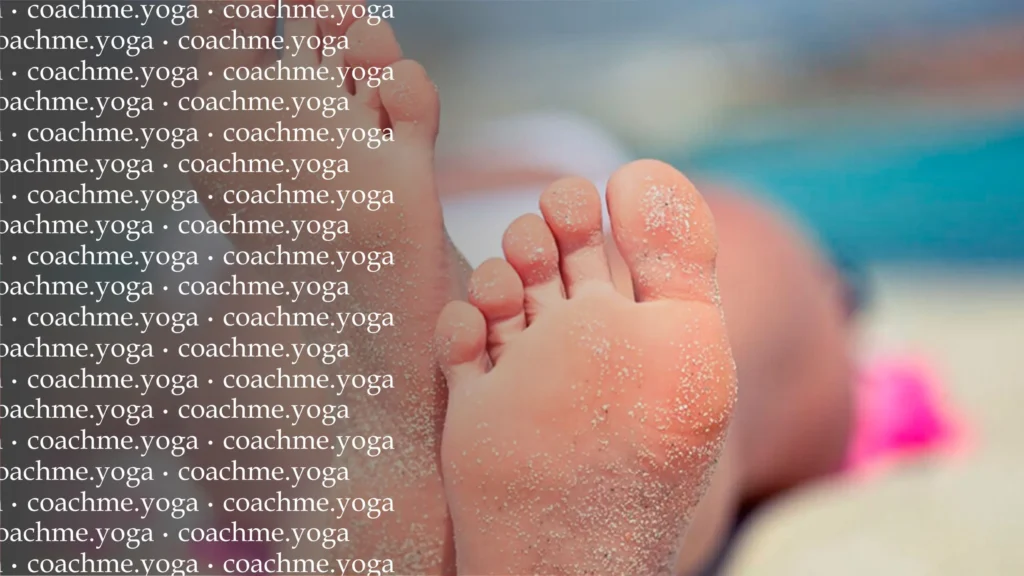
There is a reason why doctors say that “the feet are attached to the back of the head”. By this they mean that all parts of the body are connected in a consistent manner, and deviations in one part inevitably affect the work of others. And the feet are the foundation of our body. If the foundation is crooked, it provokes the collapse of the whole house. Let’s see how this metaphor works.
So, physiologically, the feet have three functions: supporting, balancing and springing. In the first case, the feet help us to move around, the second one gives us stability and coordination, and the third one helps to protect the body from stress caused by the shock of walking, running or jumping. Any deformity in the shape of the foot can lead to a disruption of all three functions. As a result, we lose confidence in movement and each subsequent step causes our body serious stress – the load when walking is not naturally cushioned, and the shock wave overloads various parts of the spine, joints of the lower extremities (knee, hip, pelvis, lumbar), and also provokes mini-concussion of internal organs, including the brain. The more pronounced the abnormalities in the foot, the greater the load on other components of the lower extremities and the spine. As a result, foot problems can lead to the development of osteochondrosis of the spine, its complications (protrusion, herniated discs), scoliosis, and varicose veins.
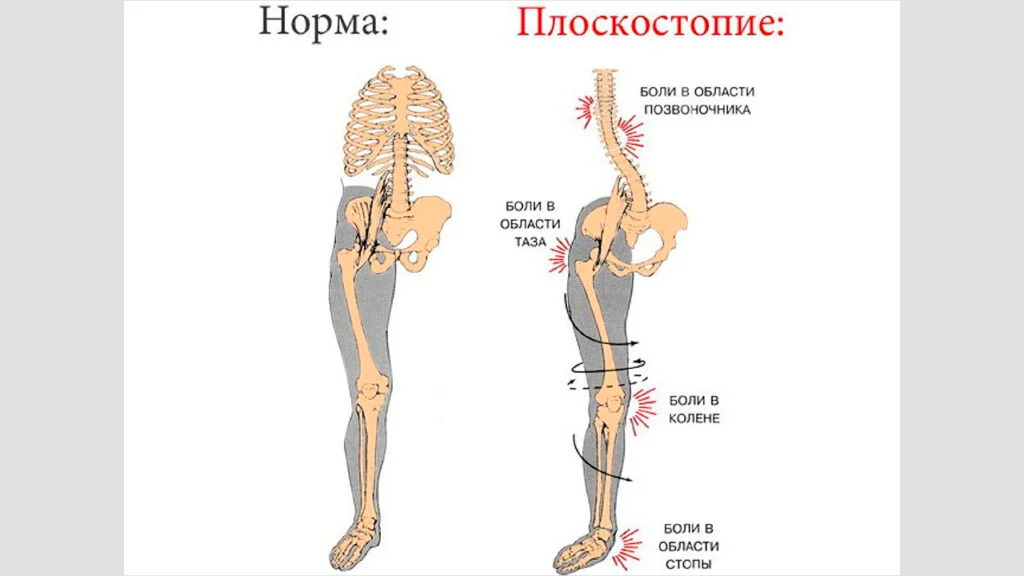
“80% of the world’s population has foot deformities”. WHO (photo: internet)
In addition to the mechanical influence of foot condition on musculoskeletal health, there is a more complex relationship between the shape of the foot and the functioning of other parts of the body. This relationship is realized through what are known as myofascial meridians. According to this concept, it is believed that there are circuits in our body through which the energy of tense muscles (muscle pull) is distributed. These lines, made up of muscles, fascia and tendons, connecting to each other, cover the entire body in the form of a network. Tom Myers, a well-known researcher of this theory, identifies 12 myofascial meridians that originate in the feet and mostly end in the head. Thanks to this interconnection, any excessive load that occurs in the feet is compensated for by distributing its force further down the meridian chain. This is why it happens that we cannot solve any painful sensations in the upper part of the body, because the cause of this tension may have its origin elsewhere – in the “foundation of the house”.
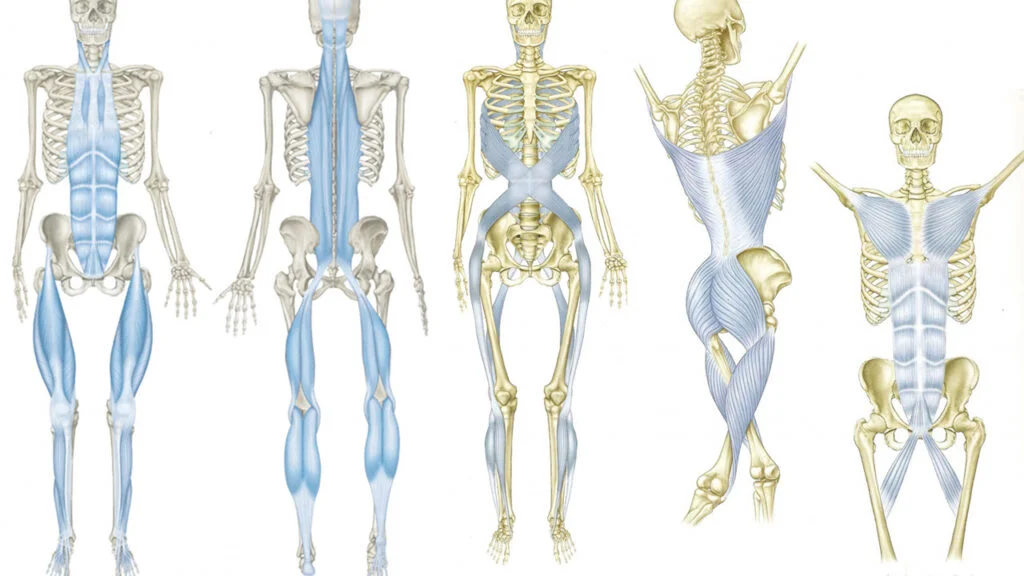
“Myofascial chain theory not only explains the connection of everything to everything in our body, but it also helps us understand why it sometimes hurts in one place and needs to be treated in another. And if you’ve been trying to treat your neck, knees, or hips for years without success, perhaps you should start by diagnosing your foot.” Evgeny Miroshnikov is a chiropractor. (photo: internet)
Oriental medicine Ayurveda has gone even further in studying the influence of the state of the feet on human health. According to this science, it is believed that the feet in general are the “mirror” of our entire body. There are many nerve endings on their surface, which are in reflex interrelation with various systems of our body (this is where reflexology comes from). By acting on these reflexogenic points, it is possible to influence the work of internal organs of a person, both with positive and negative sign. It means that if you take care of your feet, periodically knead them and watch their shape, it will favorably affect the health of the whole organism. If you do not take care of your feet at all, wear narrow and uncomfortable shoes, you are overweight and have low mobility, or on the contrary, your feet are too overloaded, then the problems will spread not only to the musculoskeletal apparatus and muscle corset, but also to all systems of the body as a whole.
For this reason, foot care is given special attention in Ayurveda. There is even a special therapeutic and preventive procedure called Padabhyanga. Basically, it is an oil massage of the feet, during which the very reflexogenic points, also called marmas, are massaged. Thus, having made a quality foot massage alone, we actually work on our whole body – the cardiovascular system improves, immunity increases, fatigue, stress and tension are relieved, sleep improves, which leads to a general health-improving effect.
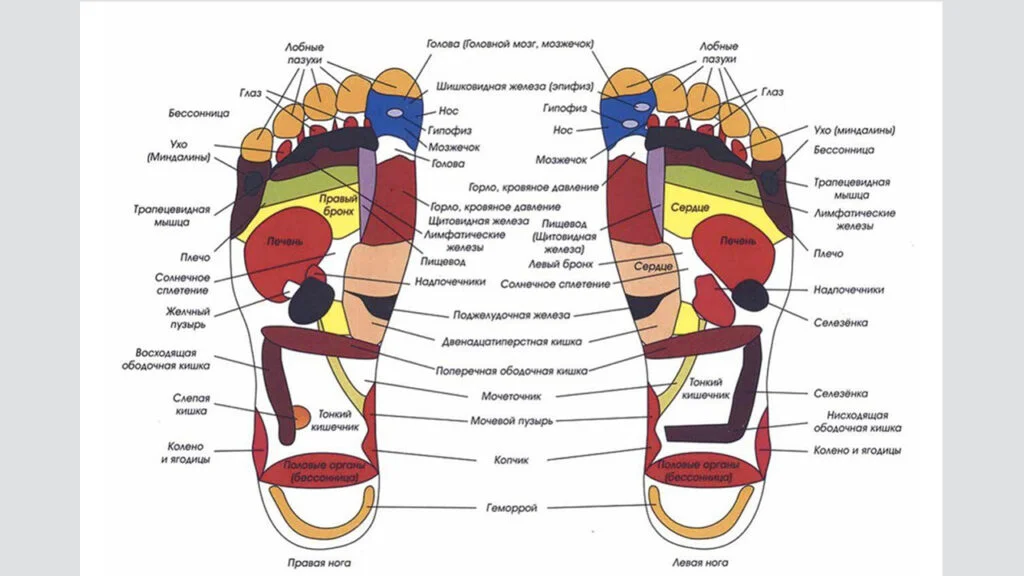
“Just as a tree is nourished by its roots, so we are nourished by energy from the Earth through our feet.” photo: internet
However, on a physiological level, the impact of foot health on our quality of life does not end. From a yogic perspective, our physical body is not the only part of our personality. In addition to it, there are four other shells, the closest to the physical body of which is the energetic (or pranic) body. This energy body consists of energy channels (nadis), energy centers (chakras) and energy itself, which has different states, functions and local location. The feet in particular and legs in general are under the influence of Apana energy, the work of which is interconnected with the functioning of the first two chakras – Muladhara (located in the coccyx) and Svadhistana (located in the area of genitals). In these energy centers are hidden animal instincts and needs, such as: the desire to survive, enjoy, reproduce, as well as anger, fear, passions (uncontrollable desires). If the Apana energy is intensified, the consciousness of a person can be held on these lower centers. In this case, he becomes a literal slave to his lower desires and negative emotions. His life is like an animal – to serve the whims of his body at any cost. Everything that hinders this must be defeated and destroyed. If one is stronger than you, one must run away or submit. No moral values, no altruistic endeavors, no compassion or mutual aid.
What is the physiological effect of strengthening Apana? By locking the feet and hips. If your feet are restrained, it means that your Apana is holding your consciousness at lower levels. To loosen it and let your consciousness rise to the higher centers, you need to work with loosening the lower part of your body. Here you will discover a new level of living – the ability to love, create and interact harmoniously with society. Even if it seems to you that you have all this in abundance, everything is known in comparison. Try to work in this direction and maybe you will feel yourself in a completely different capacity. There is a reason why all serious meditative practices, as well as pranayama (breathing techniques) are performed in lotus pose. In this body position the legs are intertwined so that the shins resting on your thighs block the energy channels and the energy can no longer move downward, unfolding in the opposite upward direction. So, the cross-legged position itself helps to increase the effect of meditation.
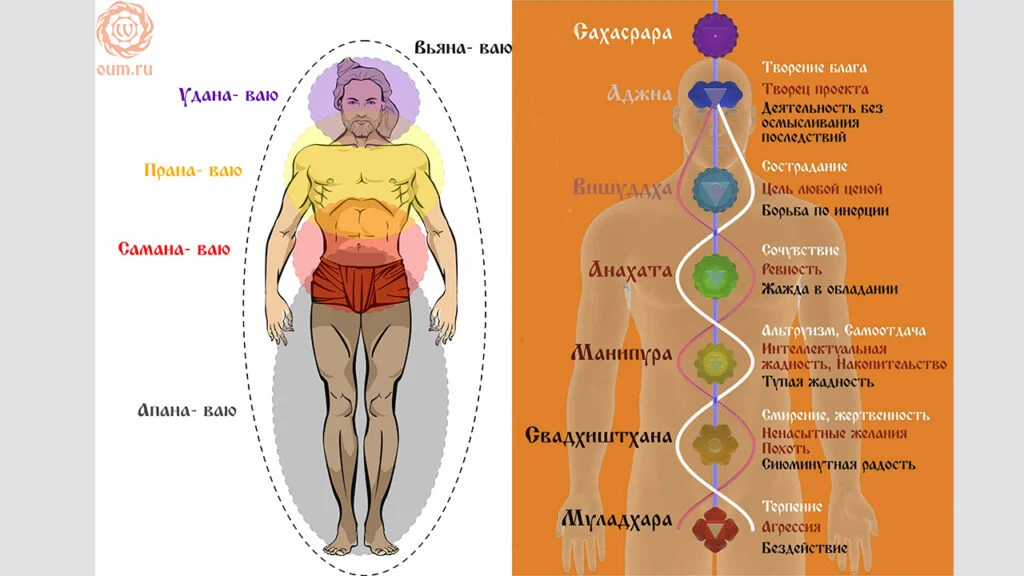
Therefore, it is extremely important to take care of your feet, both physiologically, energetically and mentally. There are some recommendations concerning the health of the lower extremities, some of which we have already mentioned:
- Periodically knead your feet with your hands, massaging their entire surface in detail. If you feel any painful sensations, it will indicate the presence of some problems with the functioning of internal systems of the body. Try to pay more attention to these points. Knead them better. This procedure can be done, for example, at the end of the day, before going to bed, using various massage oils;
- The feet are also called the “second heart” because they naturally function as a way to return blood flow downward from the body downward back to the heart. If you do not move much, you contribute to stagnation in the body – blood does not move at the necessary speed, nutrients do not reach all corners of your body, waste is not removed. This can trigger the development of a number of diseases. In order to help the blood move upward, in addition to regular walks, cold water will help you. At the end of the day, before going to bed, try putting your feet under a cold shower, combining this with a subsequent massage. This will be a good exercise for the blood vessels and prevention of varicose veins. All stale blood will move back to the heart, and new blood will take its place;
- Often the deformity of the foot shape is acquired – the result of years of walking on flat artificial surfaces. If you have such an opportunity, especially in summer, try to walk on natural surfaces (ground) as often as possible. In this way you will return your feet to “natural” conditions, creating a support for them by functional properties. By the way, in the off season, if you periodically visit the spa, you can use a special path (which is usually present there), filled with water with contrasting temperatures and small stones. This will combine foot massage, temperature contrast for the cardiovascular system, and moving on a natural surface;
- Try to avoid wearing tight and uncomfortable shoes in your daily life, especially high heels. A high heel transfers pressure from the heel to the anterior support points, resulting in overload zones. For example, a 7cm high heel increases the load on the anterior anchor points threefold;
- Use yogic asanas that affect the loosening of the feet and hips. This way you will correct the position of the feet and reduce the influence of Apana Vayu energy on your consciousness. Body positions like Vajrasana, Virasana, Ardha Padmasana, Malasana and all balance asanas on the feet will help you well in this endeavor;
- Continuing with the theme of energetic influence on the hardening of the body, we can recommend the refusal of slaughter food. Slaughter food cultivates in our personality the animal beginning, which, as we have considered above, is localized in the lower part of the body. Switching to a plant-based diet will help you to liberate the lower body more effectively. In this way you will affect your body in an integrated, and therefore more effective, way.
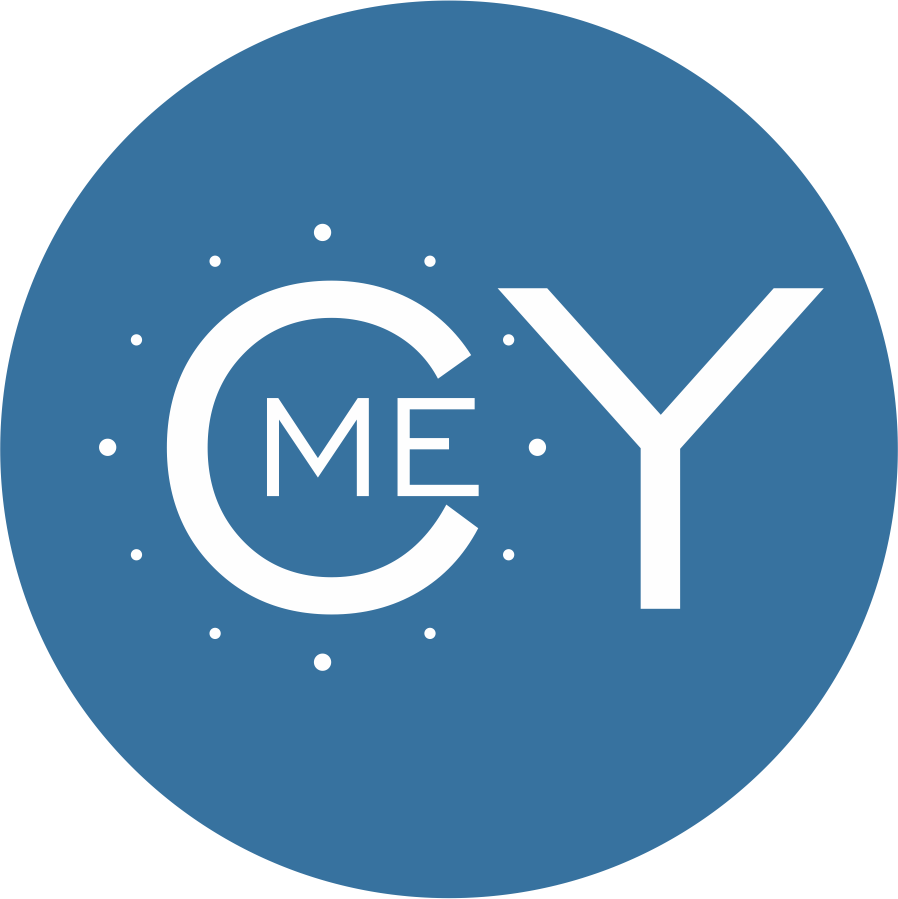
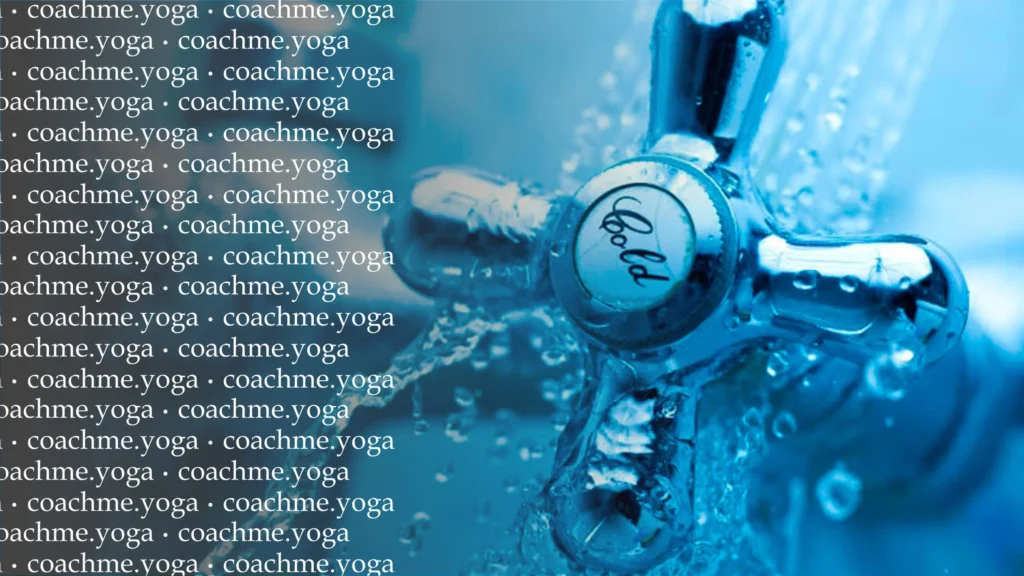

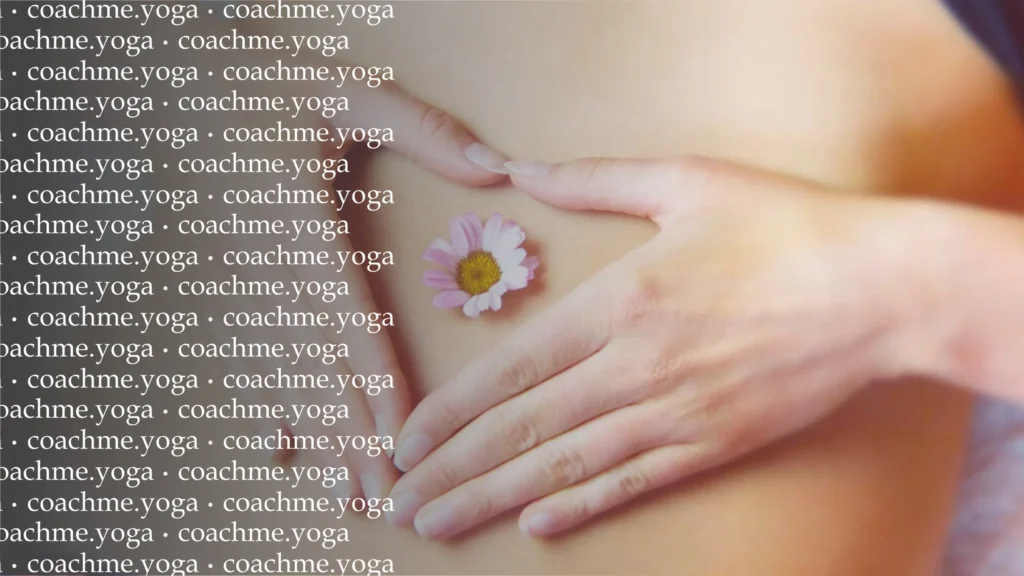
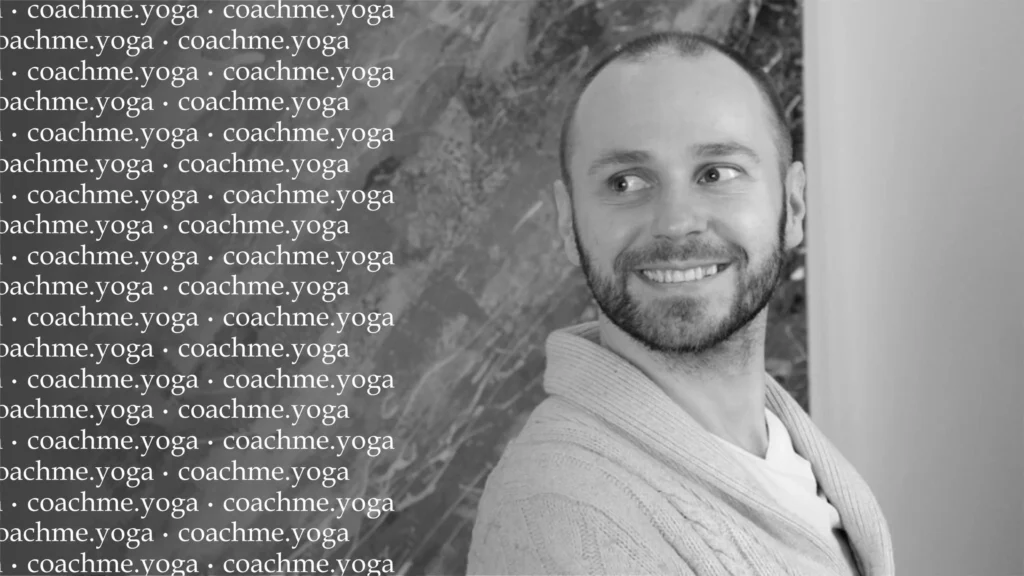

Responses